

Vulnerant omnes,
ultima necat
(All hurt, the last kills)
Rembrandt (1606-1669), Dutch Baroque artist, one of the greatest painters in the history of Western art. His full name was Rembrandt Harmenszoon van Rijn.
 |
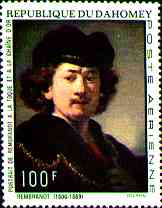 |
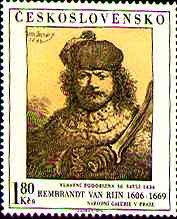 |
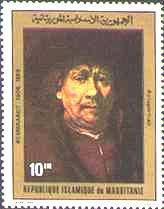 |
He possessed a profound understanding of human nature that was matched by a brilliant technique-not only in painting but in drawing and etching-and his work made an enormous impact on his contemporaries and influenced the style of many later artists.
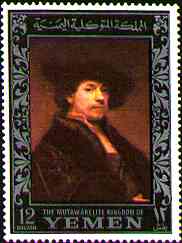 |
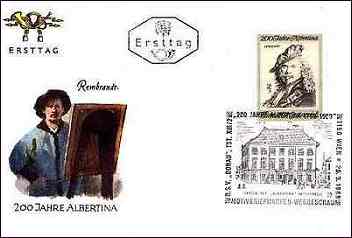 |
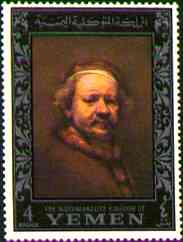 |
Perhaps no artist ever painted as many self-portraits (about 60), or subjected himself to such penetrating self-analysis. Not every early portrayal, however, can be interpreted as objective representation, for these pictures frequently served as studies of various emotions, later to be incorporated into his biblical and historical paintings. The portrait above on the right (National Gallery, London) was painted in 1669, the last year of his life.
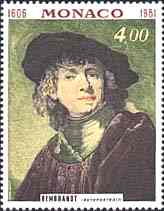 |
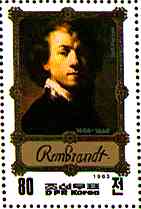 |
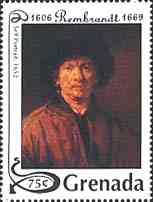 |
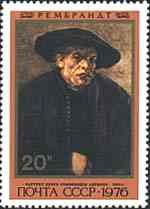 |
His numerous self-portraits provide a remarkable record, not only of the development and aging of his own facial features, but also of his character. He often painted also members of his family; see above, on the right, the portrait of his brother, Adrien, and below, on the left, the painter with his wife Saskia.
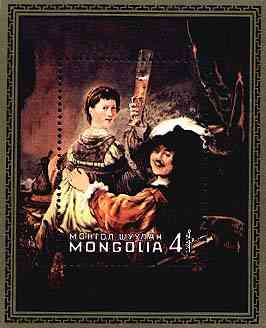 |
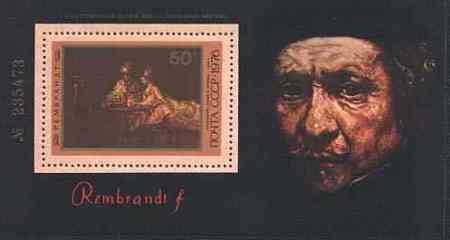 |
The self-portraits may also have served to demonstrate his command of chiaroscuro; thus, it is difficult to tell what Rembrandt looked like from such a self-portrait as the one painted about 1628 (Rijksmuseum), in which deep shadows cover most of his face, barely revealing his features. On the other hand, in none of these youthful self-portraits did he attempt to disguise his homely features.
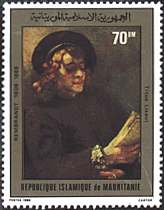 |
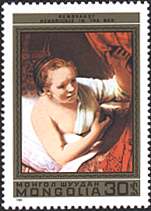 |
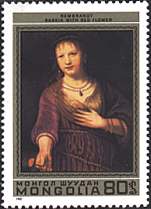 |
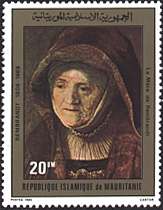 |
In contrast to his successful public career, however, Rembrandt's family life was marked by misfortune. Between 1635 and 1641 Saskia gave birth to four children, but only the last, Titus, survived; her own death came in 1642. Hendrickje Stoffels, engaged as his housekeeper about 1649, eventually became his common-law wife and was the model for many of his pictures. Above we present portraits of Titus, Hendrickje, Saskia and Rembrandt's mother. (After Microsoft Encarta, 1996 World Edition)
Background: Rembrandt, Self-Portrait, Signed Rembrandt f. 1640. The National Gallery, London, UK.
|
Created: 1997. Revised:
09/18/05 Copyright © 1997 - 2005 by Victor Manta, Switzerland. All rights reserved worldwide. |